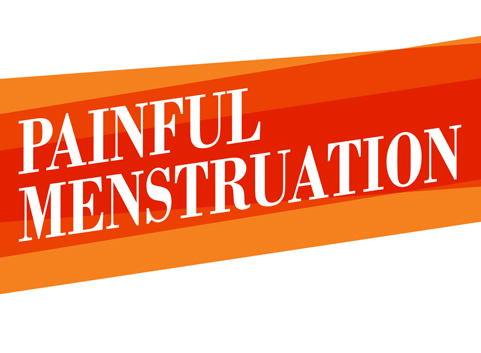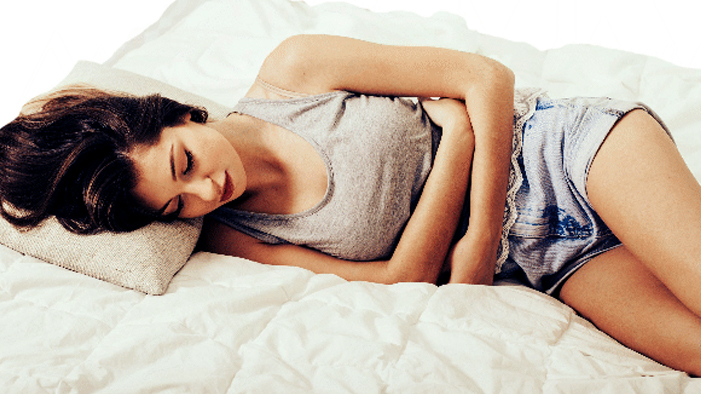Painful Menstruction

Dr. Kanika Chopra
Painful menstruation or dysmenorrhea affects almost 50% of women. The incidence of dysmenorrhea varies by the social status, occupation and age of the patient population under study.

This incapacitating pain during menses may in cases, leads to absenteeism from schools, offices, loss of working hours and economy. Pain makes you physically less efficient and emotionally more unstable and thus my aim behind writing this article, so that you take timely help from the learned and suffer less.
There are various types of dysmenorrhea and you can be suffering from either of these.
Pain of menstrual origin solely is known as Primary Dysmenorrhea or spasmodic dysmenorrhea. Usually girls of age group of 18-24 years are affected. Muscular incoordination and uterine hyperactivity lead to pain. Higher concentration of progesterone hormone, when you ovulate, may be one postulate behind pain. Higher concentration of prostaglandin may also be responsible for the discomfort. Other factors which can increase your likelihood of having dysmenorrhea are heavy bleeding, early onset of menstrual cycle, low body mass index and any pelvic infection. You may present with recurrent crampy, suprapubic pain which starts just before or at the start of menstrual bleeding and remains for a maximum of 2 days. Pain may radiate to the back and thighs and may in some cases associated with nausea, fatigue, bloating and generalised weakness. There may be bowel alteration in the form of loose stools and also increased frequency of urination. Nervous system upset, known as autonomic upset is responsible for the symptoms described above. The treatment of this condition begins with proper teaching of young girls about a proper outlook on menses, sex and their health. Phycological counselling in extreme cases of pain helps a lot. Simple measures like rest, light exercises, yoga, hot water bottle helps a lot. If pain is not relieved, your gynaecologist may prescribe you pain killers that is anti-prostaglandin synthetase inhibitors and contraceptive pills which inhibit ovulation.
Secondary dysmenorrhea or congestive dysmenorrhea is the type of pain where there exists some abnormality of the uterus or the adjacent organs. It usually starts after the age of 30 years. The various causes can be endometriosis, ovarian cysts, pelvic infections, uterine fibroids, polyps, adenomyosis and structural abnormality in the uterus. Usually pain in secondary dysmenorrhea starts a day or two prior to start of menstrual bleeding and in some cases continues even after the bleeding is over. Endometriosis is a condition, where you can suffer from triple dysmenorrhea, with pain before, during and after menses. On suspicion of you suffering from secondary dysmenorrhea, you should visit your gynaecologist. You may have to undergo a panel of tests and further treatment will be on line of your diagnosis.
A rare entity of dysmenorrhea is membranous dysmenorrhea in which the entire lining of the uterus is shed as a whole in the form of cast and is accompanied by severe pain abdomen.
A dysmenorrhic mother has dymenorrhic daughter, so its your responsibility as a mother to teach your daughter about the painful menses, so that her pain allays and she stands up strong and knows when to get herself investigated and treated and not just suffer in pain.
